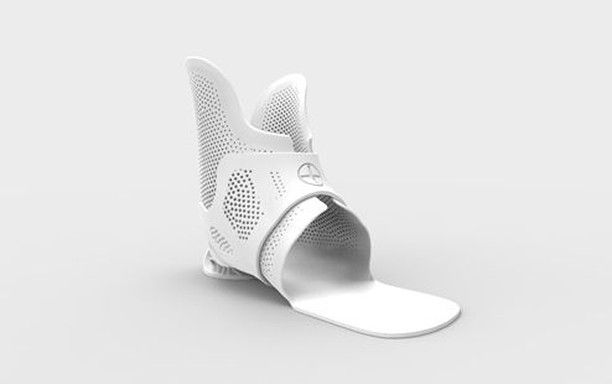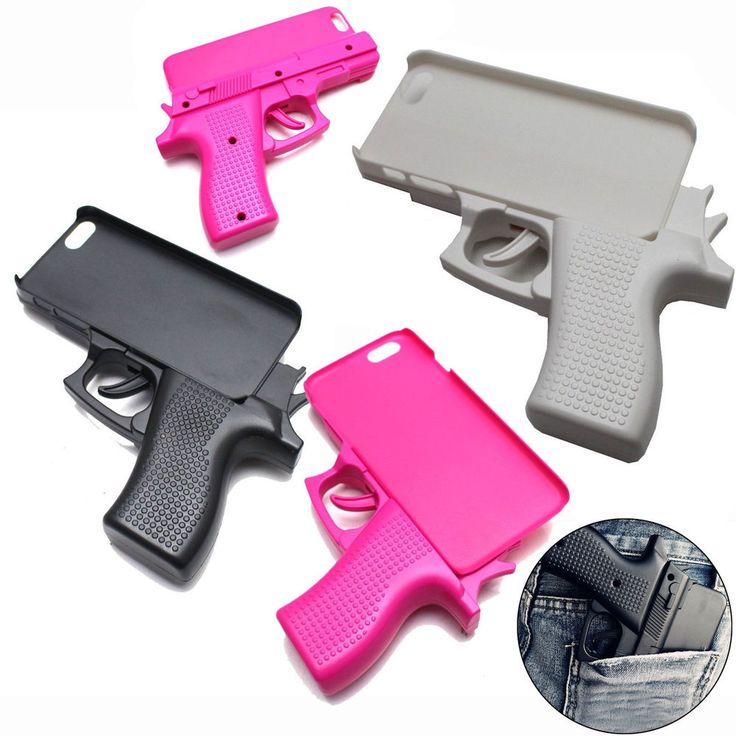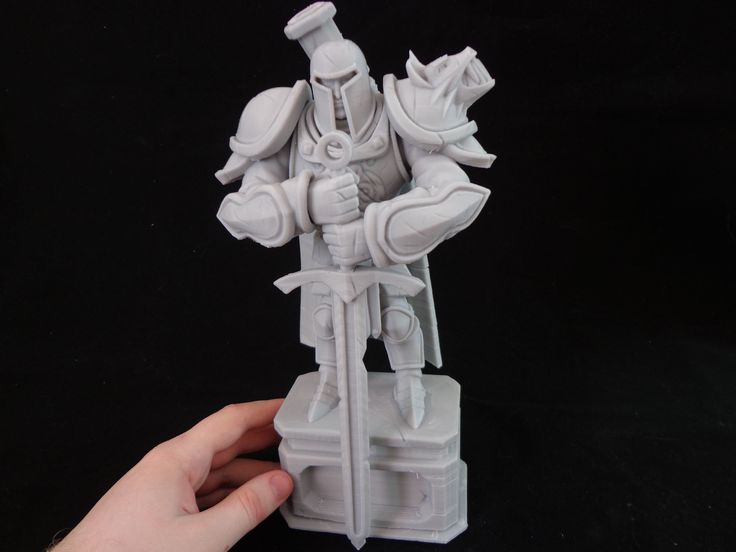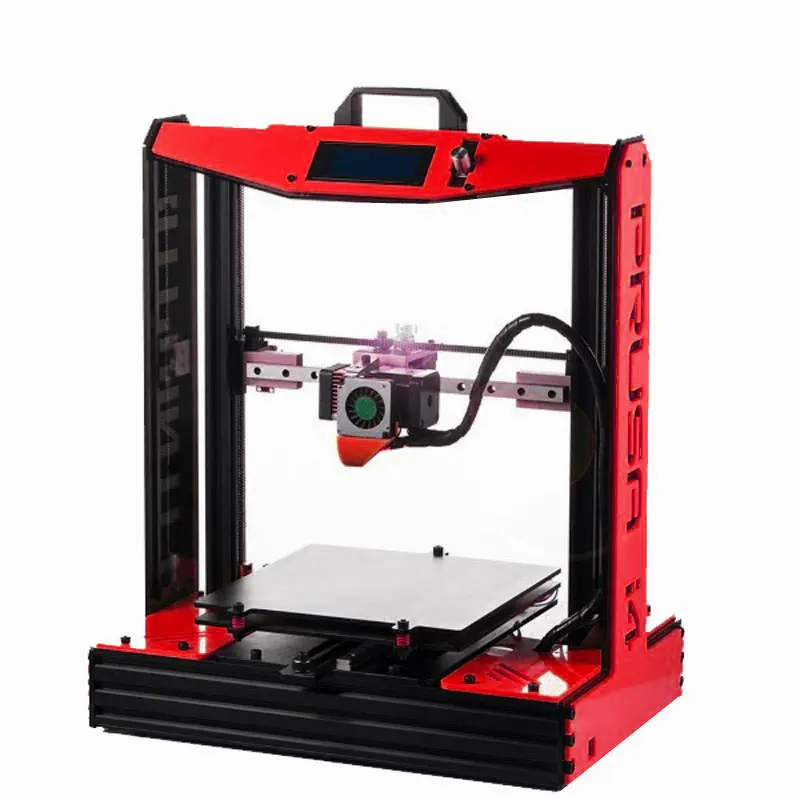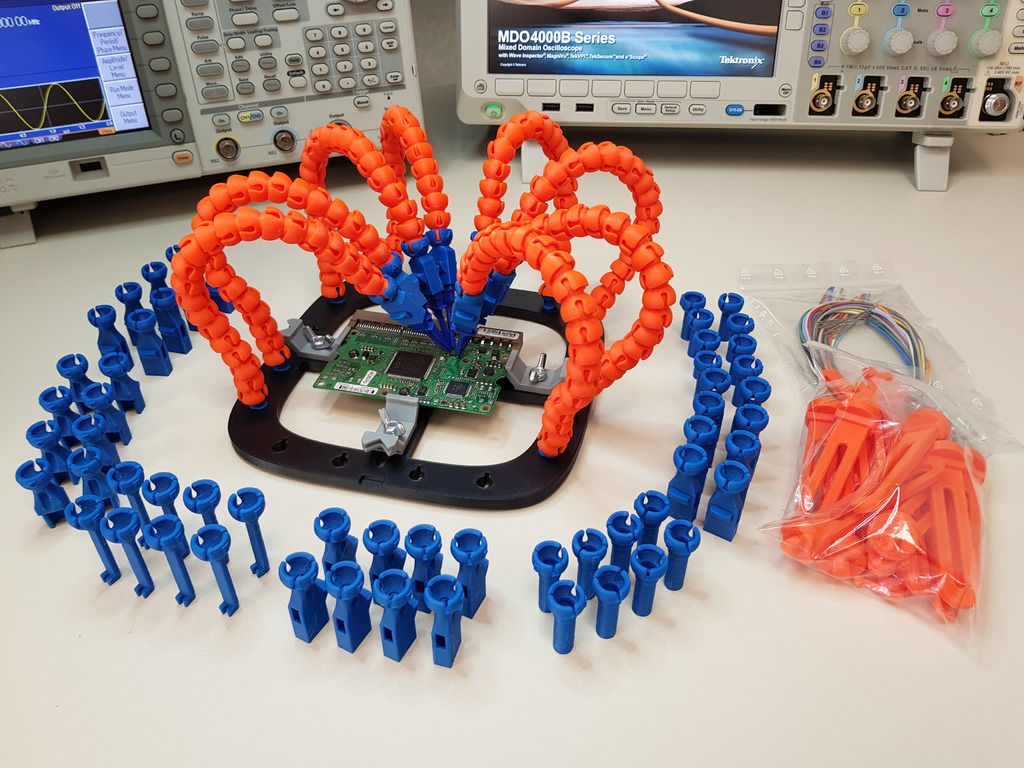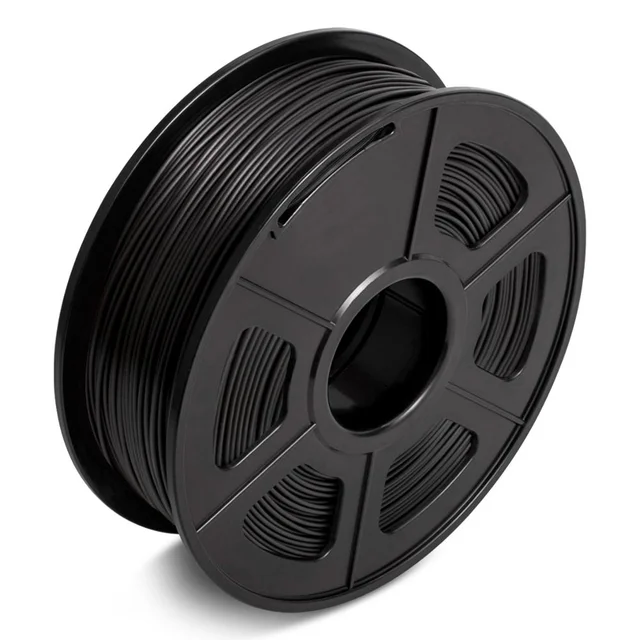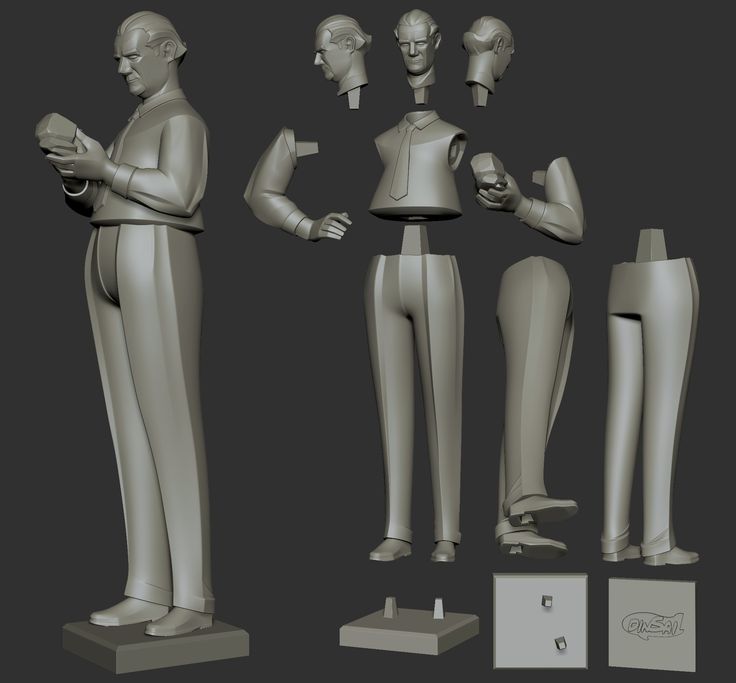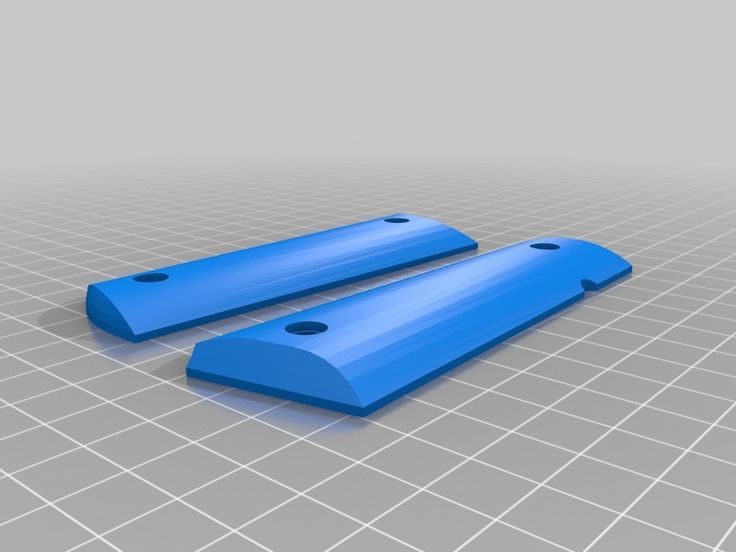3D printing foot orthotics
Ultimate Guide to Orthotic 3D Printing
Hospitals and podiatrists face many challenges with traditional production processes. Manufacturing custom medical orthotics require significant skill and labor to produce high-quality, accurate devices that provide the support prescribed by the podiatrist. The highly labor-intensive production methods to traditionally produce these devices drive high costs that must be passed onto the patient and lengthy manufacturing time that delays practitioners from deliverying the treatment plan.
3D printing is not new technology and significant advancements of 3D printing machines, 3D printing software, and elastic and tough resins are enabling on-demand production of highly accurate custom medical orthotics. With a better fit, shorter turnaround times, greater labor productivity, higher yield, and lower costs, there is a more positive experience for patients. Podiatrists can implement simplified workflows to produce custom orthotics on-demand with the right 3D printing solution.
Benefits of 3D Printing in Custom Medical Orthotics
Flexibility: 3D printers can directly print multiple custom orthotics products in a single batch. With a single process, hospitals and smart factories rapidly manufacture a range of custom medical orthotics, such as rigid, semirigid, and soft custom medical orthotics for adults and children.
Accuracy: 3D-printed custom medical orthotics have comparable or are more accurate than traditionally manufactured orthotic devices. Advanced 3D printing software, hardware, and materials eliminate many of the manual steps during production required to achieve the required accuracy.
Higher Throughput: Today’s high-performance 3D printers use digital optical processes for medical device manufacturing to achieve fast printing speeds. Combined with a large build area and flexibility, modern 3D printers enable high-throughput batch production of multiple orthotic devices with elastic and tough resins.
Speed: 3D printers eliminate manual orthotic manufacturing processes like thermoforming, grinding, polishing, and gluing. Products easily print directly with very little post-processing. For example, the process of taking a patient foot scan to printing the custom medical orthotic device can be completed in less than a day for same day turnaround.
For instance, with advanced 3D printing processes and materials, hospitals and smart factories can directly custom medical orthotics on-demand and deliver them to patients with minimal lead time. With higher accuracy, the 3D-printed medical devices fit better and are more comfortable than traditionally manufactured devices.
LuxCreo's Custom Orthotics from Scan
3D Printing Workflow for Hospitals and Smart Factories
With digital 3D printing workflows, hospitals and smart factories can produce multiple products and streamline the production workflow. That accelerated workflow is similar to the following:
-
Podiatrists provide the lab with foot scan, clinical assessment, notes on required features, and material specification
-
LuxGen generative design software converts the scan into a full 3D model with lattice structures tuned to the stiffness and shape tuned the patient's needs.

-
3D printing software generates support structures for the desired printing orientation and fills the print volume to maximize the number parts per batch.
-
The product prints directly using high rebound and resilience elastic material.
-
Printed parts are washed, cured, and ready to use.
-
The smart factory then ships the finished product back to the podiatrist or directly to the patient.
LuxCreo’s Printers, Materials, and Software
LuxCreo offers a comprehensive set of resins, advanced printing systems, and 3D printing software for hospitals, podiatrists, and service bureaus. LuxCreo’s printers and suite of materials are developed with a production-first mindset, enabling on-demand production with a simplified, efficient, and low manual overhead workflow.
3D Printers
LuxCreo offers multiple 3D printers for hospitals, podiatrists, and Smart Factories, including systems that use the patented LEAP process with DLP printers, to provide the highest throughput and accuracy for medical device manufacturing.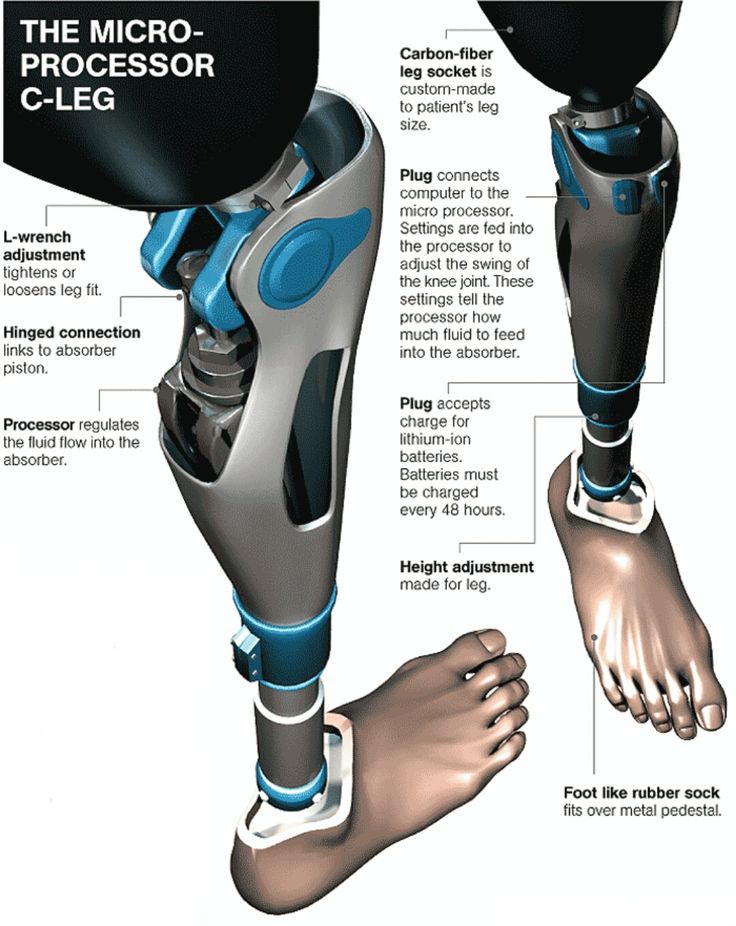 The Lux 3+ supports high throughput batch printing of multiple medical devices, the iLux Series system is for lower volume production in labs or offices and Lux-Series is for Smart Factories . The LuxCreo integrated solution of DLP 3D printers with LEAP technology, advanced resins, and innovative 3D printing software, requires very little post-processing and enables minimal lead time to deliver medical devices.
The Lux 3+ supports high throughput batch printing of multiple medical devices, the iLux Series system is for lower volume production in labs or offices and Lux-Series is for Smart Factories . The LuxCreo integrated solution of DLP 3D printers with LEAP technology, advanced resins, and innovative 3D printing software, requires very little post-processing and enables minimal lead time to deliver medical devices.
Learn more about LuxCreo’s 3D printers for medical device manufacturing
Materials
LuxCreo’s line of specialized resins includes materials optimized for medical applications. Hospitals, service bureaus, and smart factories 3D print a range of medical devices including custom medical orthotics, diabetic footbeds, shoes, eyewear, and much more. LuxCreo’s materials have comparable or better strength and combined with the LuxCreo printers enables similar or more medical devices than ones made with traditional medical manufacturing processes.
Learn more about LuxCreo’s advanced resins
Software
LuxCreo’s suite of CAM software, LuxFlow, and LuxGen, are focused on simplifying the design and 3D printing production process for hospitals and smart factories for a broad range of medical devices.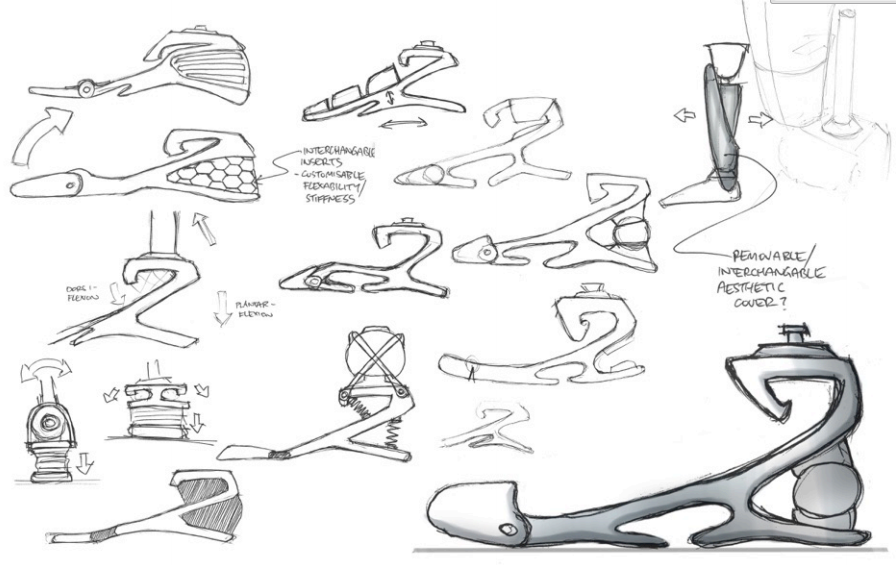 The LuxFlow software helps optimize model placement and orientation on the build platform to ensure maximum throughput. Additionally, it autogenerates structural supports and allows for manual adjustment by the user, and manual control over surface finish and z-axis control, eliminating excess base material. LuxGen simplifies the designing of directly 3D printed custom medical orthotics saving time and ensuring industry-leading accuracy.
The LuxFlow software helps optimize model placement and orientation on the build platform to ensure maximum throughput. Additionally, it autogenerates structural supports and allows for manual adjustment by the user, and manual control over surface finish and z-axis control, eliminating excess base material. LuxGen simplifies the designing of directly 3D printed custom medical orthotics saving time and ensuring industry-leading accuracy.
Learn more about LuxCreo’s software for 3D printing
Reinvent Your 3D Printing Workflow
LuxCreo is changing the way hospitals, service bureaus, and smart factories do business by creating the most efficient digitalized workflow for manufacturing advanced custom medical orthotics. As a result, hospitals, service bureaus, and smart factories benefit from a streamlined workflow that reduces costs and improves outcomes for patients. 3D printing is now affordable, fast, and more accurate than ever, and companies like LuxCreo can provide printing systems, materials, and software to help hospitals, service bureaus, and smart factories transform business models, increase labor productivity, and scale their business.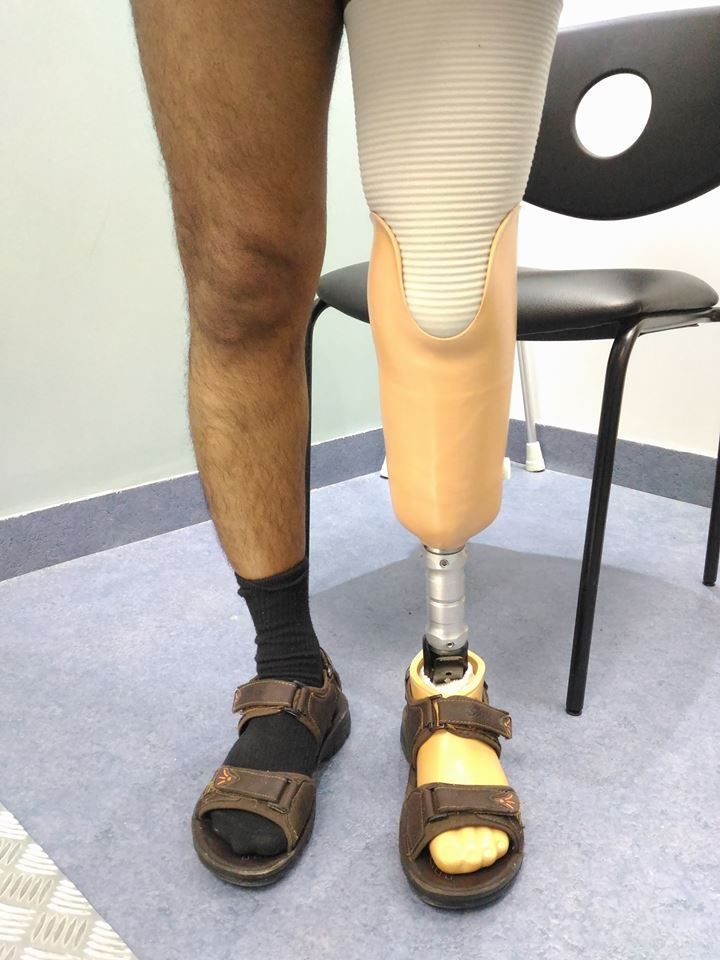
LuxCreo’s patented LEAP™ (Light Enabled Additive Production) process enables mass customization manufacturing of highly accurate orthotic products from a range of specialized resins. Hospitals and service bureaus achieve flexible on-demand production in-house or in a Smart Factory with cloud-connected 3D printers with advanced high-performance materials. For more information on how our services can improve your supply chain and manufacturing processes, visit our contact page or call (650) 336-0888.
Why Choose 3D-Printed Orthotics? It’s All About Personalization
3D printing has come a long way since it was first commercialized over thirty years ago. It has become a go-to in many manufacturing circles, with a presence in industries such as medical, aerospace, and automotive, to name just a few. Manufacturers working under the strictest quality controls and hobbyists alike have grown to trust and rely on it because of its inherent benefits.
There are many reasons to love it — 3D printing can be cost-effective, help save time, be used to create complex structures, speed up time-to-market, and work for everything from one-off prototypes to series production.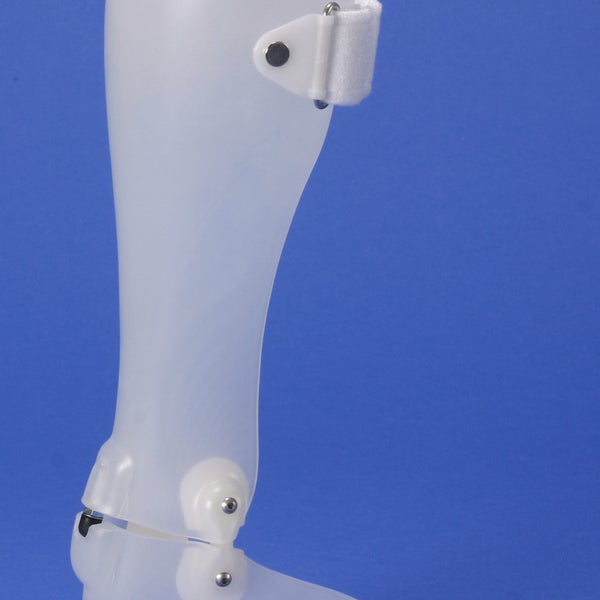
When it comes to applications such as orthotics, some benefits stand out more than others. So, why should you choose this technology?
Make it personal
Every patient is unique. They’re built their own way, they move their own way, and they need orthotics that reflect that. This might be an issue for traditional manufacturing techniques, but not 3D printing. Because the design and printing process is entirely digital, foot and ankle experts can create a unique design, then print several pairs of orthotics simultaneously, all different from each other, making it a valid alternative for mass production.
For patients, this added level of customization lends itself to a perfect fit and happier feet with every step. That’s because every 3D printed phits orthotic begins with a CAD file, with a design based on patient data — dynamic measurements, to be precise. Instead of designing corrections based on a single scan of a patient’s foot, this technique relies on multiple, as well as gait and pressure measurements to create an average.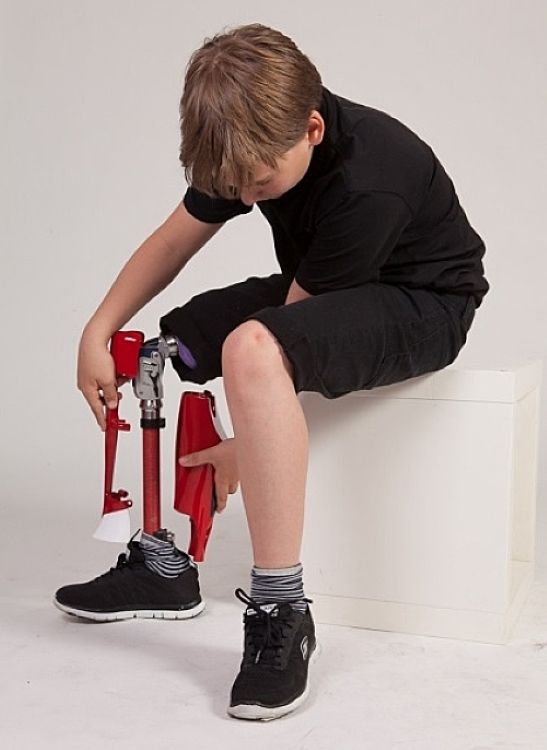
In doing so, foot and ankle experts can generate corrective insoles that are unique to each patient, based on their movement and the shape of their foot with greater accuracy than ever before — no more ‘one-size-fits-all’ that really fits no one — while ensuring that they remain comfortable, lightweight, and durable.
Thanks to nesting software, experts can print several unique pairs of phits simultaneously.
Accuracy and repeatability
As far as orthotics are concerned, this is a great improvement for foot and ankle experts. It allows them to build corrections into the printed base of the insole itself and apply different levels of stiffness where necessary. Unlike some traditional orthotics, this means corrective pieces are not glued on top of the insole itself, so phits are far less bulky and can be reproduced more easily.
Naturally, this improved design would be meaningless if the final product didn’t match it — but that’s no issue here.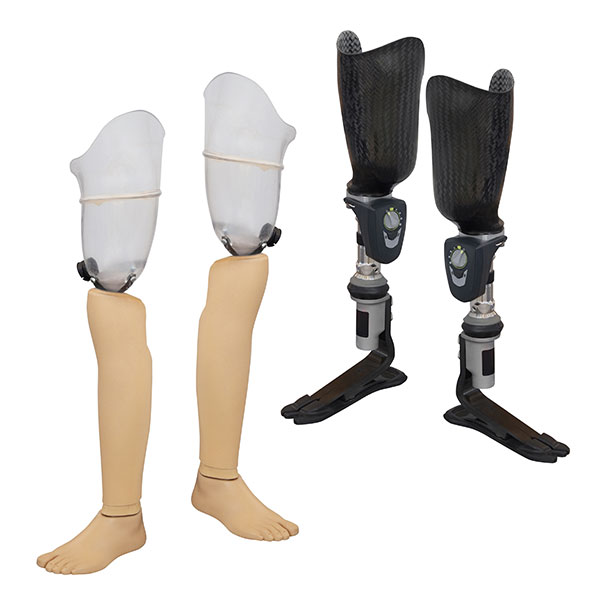 The 3D printing technique used to create phits orthotics is accurate down to 0.1mm. It would be impossible to reproduce a pair that was identical to the original by using manual techniques, and any minor differences could have a big impact on performance or patient comfort. With 3D printing, they can rest assured that the result will be the same every time.
The 3D printing technique used to create phits orthotics is accurate down to 0.1mm. It would be impossible to reproduce a pair that was identical to the original by using manual techniques, and any minor differences could have a big impact on performance or patient comfort. With 3D printing, they can rest assured that the result will be the same every time.
3D-printed orthotics are accurate to 0.1mm, offering enhanced repeatability.
Made with expertise
While 3D printing offers a lot of freedom, getting the most from the technology isn’t easy. It requires a deep understanding of the process, from design to execution. Manufacturers must choose from a range of different materials and 3D printing technologies, such as selective laser sintering or fused deposition modeling (FDM), depending on the desired characteristics of their final product. If a product needs to be strong and heat-resistant or flexible and porous, there’s sure to be a combination that’s perfect for the job. Knowing where and when to use each combination comes from experience.
Knowing where and when to use each combination comes from experience.
Thankfully, more than 30 years of additive manufacturing experience has been integrated into the Materialise Phits Suite workflow. Production is handled either by our experts at Materialise or approved partners depending on region, ensuring every pair of orthotics is 3D printed and finished to the highest possible standard.
Materialise Phits Suite and 3D printing
Having 3D printing as an integral part of the Materialise Phits Suite workflow really sets it apart for foot experts. They can expect benefits that other technologies cannot offer every time they design phits orthotics for their patients, beginning with the accuracy we mentioned earlier. The final result is guaranteed to match the design down to a margin of 0.1 mm, meaning it fits the foot exactly as intended right out of the box, with less back and forth for both parties. The same can be said for any replacements they print afterward.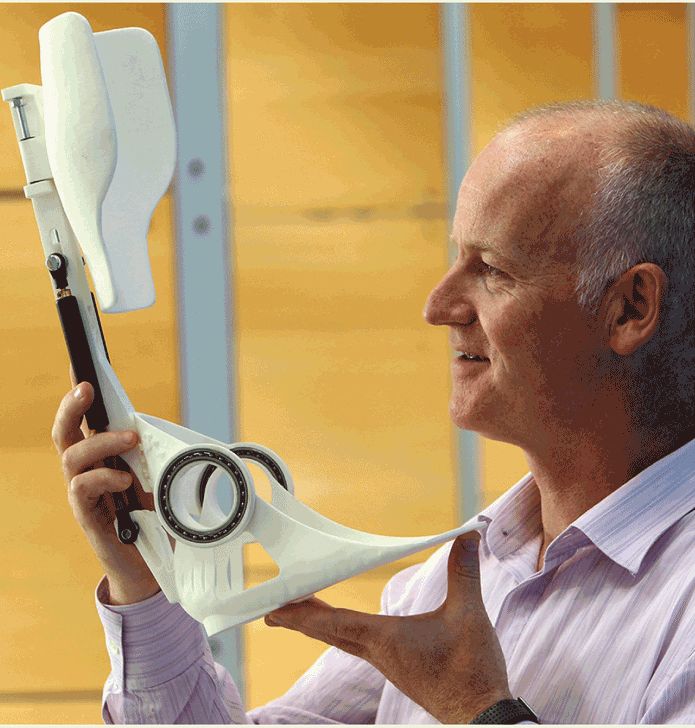
For Fried Vancraen, Founder and CEO of Materialise, finding that Cinderalla fit was one of the main inspirations for venturing into the world of orthotics. He and his children endured the time-consuming process of measuring and changing insoles every year before Materialise Phits Suite was born. Now, they’re more than happy with orthotics that fit all occasions and styles and which, thanks to the durability of 3D printing, they know will stand the test of time.
Phits orthotics will fit into many different shoes, making every situation comfortable for your patients
When asked to describe the difference between traditional orthotics and her custom-made phits, it was this durability that really stood out for marathon world record holder Paula Radcliffe:
“Well, the biggest thing is the durability. They simply don't wear out! You can keep using them, you can run a lot of miles in them, and they basically don't show much damage at all.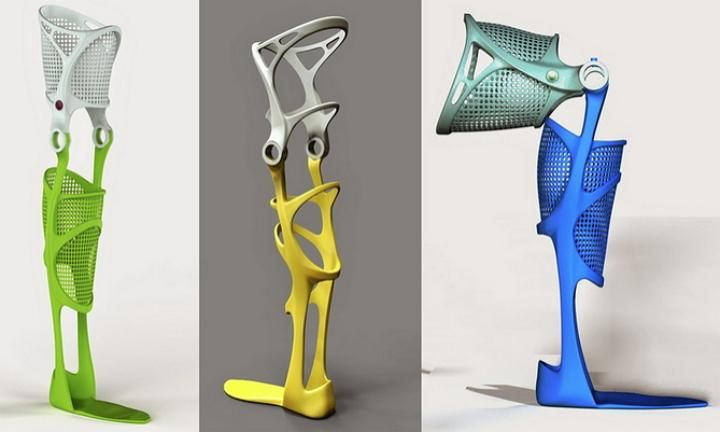 Only the top cover wears out, and these are easily replaced. The rest, it stays there the whole time. I think it's more precise than the traditional orthotics because it's exactly the same each time it's created, and it is lighter. It doesn't deform with heat and get as soft as with the traditional ones. Sometimes with the older ones, if it was very warm, they would build up, or they would get a hole or deform a little bit. phits orthotics don't do that!"
Only the top cover wears out, and these are easily replaced. The rest, it stays there the whole time. I think it's more precise than the traditional orthotics because it's exactly the same each time it's created, and it is lighter. It doesn't deform with heat and get as soft as with the traditional ones. Sometimes with the older ones, if it was very warm, they would build up, or they would get a hole or deform a little bit. phits orthotics don't do that!"
Making orthotics more sustainable
But there’s more to 3D printing than strength and style. Those seeking more sustainable options will also be impressed, particularly with powder-based technologies like SLS. In this case, the orthotics would be built layer by layer in a bed of powder, using only the necessary material, with waste reduced even further thanks to the use of 100% recycled powder. Whether your orthotics are printed by Materialise or by another local supplier, you’ll also benefit from simplified supply chains.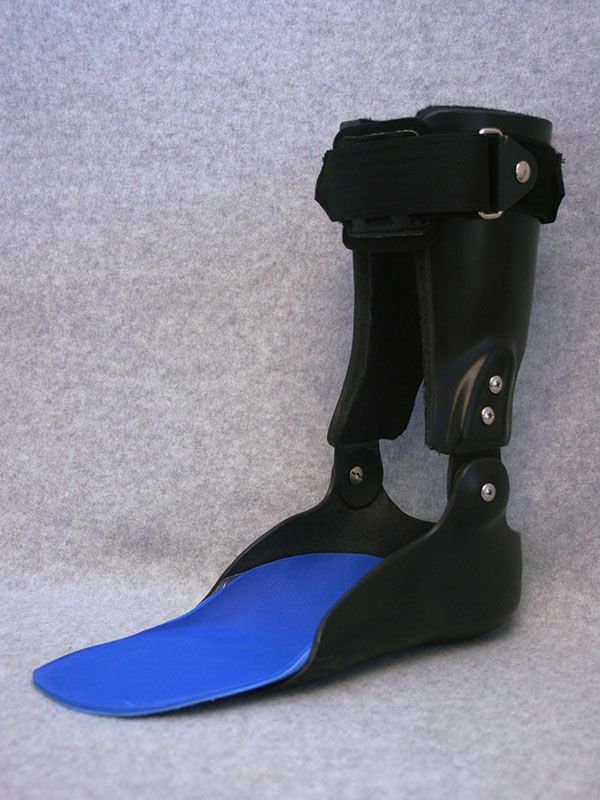 Your design is made to order and shipped right to you, meaning there’s no middleman or storage necessary, further reducing the environmental impact.
Your design is made to order and shipped right to you, meaning there’s no middleman or storage necessary, further reducing the environmental impact.
Of course, none of this would matter if the process to actually create the orthotics was problematic, unreliable, or slow. In reality, 3D printing is nothing if not convenient. As an entirely digital manufacturing process, it can be integrated seamlessly into the digital orthotic ordering workflow — the gait is measured, the orthotic is designed in the footscan software before being sent to the printers. Foot and ankle experts can handle the entire process in Materialise Phits Suite and rest easy knowing that they’ll receive exactly what they ordered.
Say goodbye to paperwork
An added bonus of this end-to-end workflow is the clear reduction in paperwork. Because the necessary information and data is stored in the software, it has never been easier for foot and ankle experts to follow up on their patients in later appointments.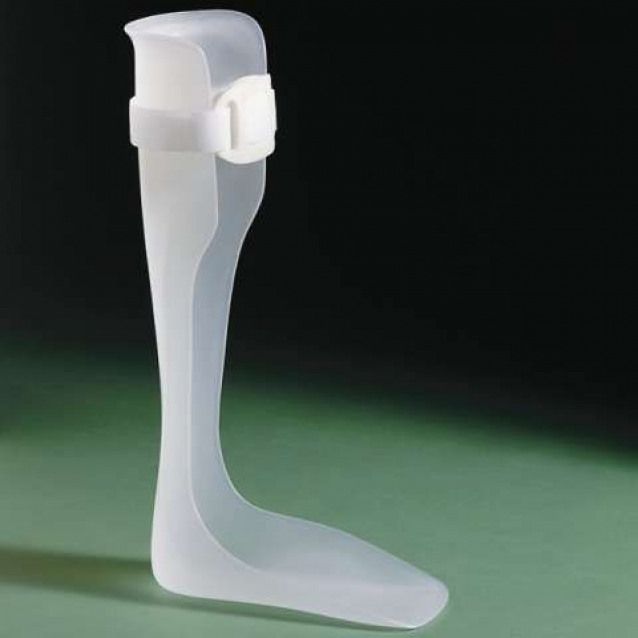 Whether they need to create replacement orthotics or wish to see how an individual’s gait has changed over time, the information they need is never more than a click away.
Whether they need to create replacement orthotics or wish to see how an individual’s gait has changed over time, the information they need is never more than a click away.
Naturally, data security remains paramount. All patient data is securely stored in a separate, closed system, ensuring convenience doesn’t come at the expense of privacy.
Your end-users will love it, too
When patients receive their orthotics, many may not be too concerned with how they were made or where they came from. But that can change with Materialise Phits Suite. Experts can use the software’s visualizations, charts, and reports to explain the process from start to finish, including where any potential issues may stem from and how the construction of their 3D-printed orthotic can help resolve them.
With this software, experts can easily explain how and why phits will help their patients.
And there are plenty of other reasons to be happy about getting your hands on phits, starting with what matters most — comfort.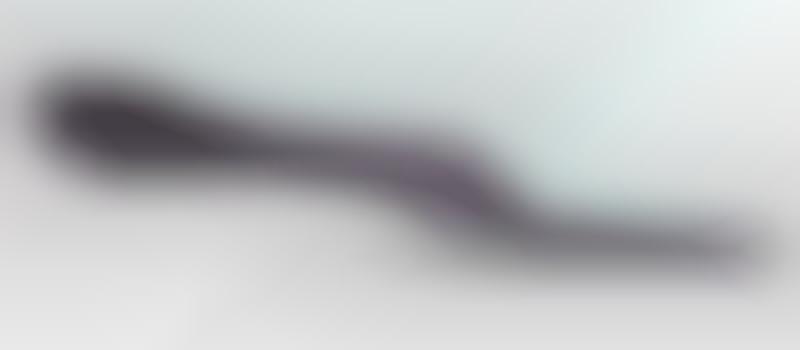 Those who wear them, like British marathon champion Charlotte Purdue, quickly notice the difference that having orthotics shaped to fit their foot will have on how they move.
Those who wear them, like British marathon champion Charlotte Purdue, quickly notice the difference that having orthotics shaped to fit their foot will have on how they move.
“When I first wore them, I found that they fit well, and I didn’t have any problems with them,” says Charlotte. “They fit my running style completely. If they didn’t, I’d have had blisters, or it wouldn’t feel right, but it felt like they needed to be in my shoes.”
Thankfully, an insistence on comfort doesn’t mean compromising on durability or performance. Because of their high-quality materials and engineered design, 3D-printed orthotics like phits are both lightweight and strong, meaning they’ll endure heavy usage for years and weigh about half as much as traditional, milled insoles. The soft, comfortable top cover is easily replaced when wear and tear kicks in, extending the life cycle even further, meaning phits aren’t just good for the environment but for the wallet, as well.
Athletes like Charlotte Purdue use phits every day, but they’re also great for day-to-day activities.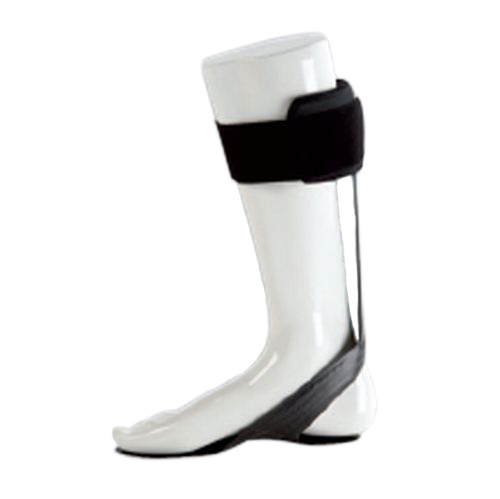
A big step forward for orthotics
Much like the analysis and design of orthotics has come far in recent years — it wasn’t long ago that foam boxes were the only available option — the introduction of 3D printing into the workflow is doing a lot to drive the industry forward to the benefit of everyone. It’s a big step forward for those who design orthotics and an even bigger step for those who wear them.
Materialise Phits Suite makes sure taking it has never been easier.
Process of making orthopedic insoles using the Raise3D printer
3D printing is a versatile form of additive manufacturing that is gaining popularity in a variety of fields. Currently, it is increasingly being used in plastic surgery and in the creation of orthopedic medical products and equipment. 3D printing has come to be used to improve medical devices due to the production stability and time efficiency it provides. An example of such an application can be seen in the collaboration between the Italian company CREA3D and the orthopedist Dr.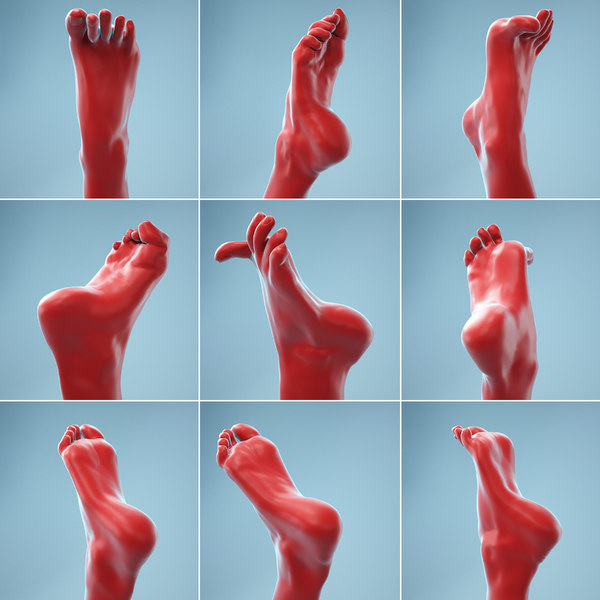 Valenti. They are successfully combining 3D printing with other digital technologies to produce customized insoles and other custom-designed orthotics, thus enhancing the effectiveness of assistive care. nine0003
Valenti. They are successfully combining 3D printing with other digital technologies to produce customized insoles and other custom-designed orthotics, thus enhancing the effectiveness of assistive care. nine0003
Dr. Mirko Valenti used 3D printing technology to treat clinical cases of tibialis posterior tenosynovitis with conservative corrective therapy. The introduction of technology into the treatment process was both innovative and highly effective. Valenti purchased a Raise3D E2 3D printer equipped with IDEX technology (independent dual extruder) for his office. The Raise3D E2 is ideal for printing a pair of orthopedic insoles at the same time.
Individual orthopedic insoles
Traditional manufacturing of insoles before 3D printing
Each pair of orthopedic insoles is individual for a particular patient, because everyone has their own needs. The strength properties of the various parts of the insoles must be adjusted according to individual characteristics.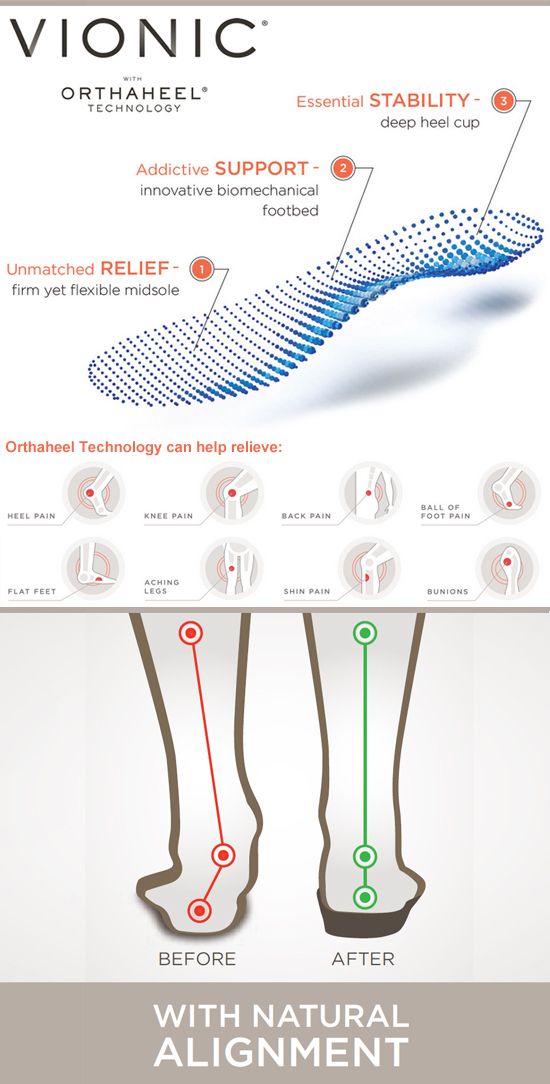
This proved to be a problem for the traditional manufacturing process. The traditional process requires using a CNC machine to mill a piece of material into the desired shape. To ensure the accuracy of the anatomical region in the insole, a high-precision CNC machine and high labor costs are required. This is a laborious and complex process. The production process creates a lot of garbage and dust, pollutes the working environment, endangers the health of workers. nine0003
Manufacture of insoles after the advent of 3D printing
Abandoning traditional CAD-CAM machines, Dr. Mirko Valenti began to print orthopedic insoles with PP plastic thread. Due to the durability and strength of the material, excellent support for the patient's foot is provided. Printing a pair of orthopedic insoles with PP thread is a simple process.
First, the doctor scans the patient's leg. He then uses a CAD program to make a model of an orthopedic insole with compensating supports for the affected areas, thereby ensuring that the arch of the foot is supported and the heel is stable.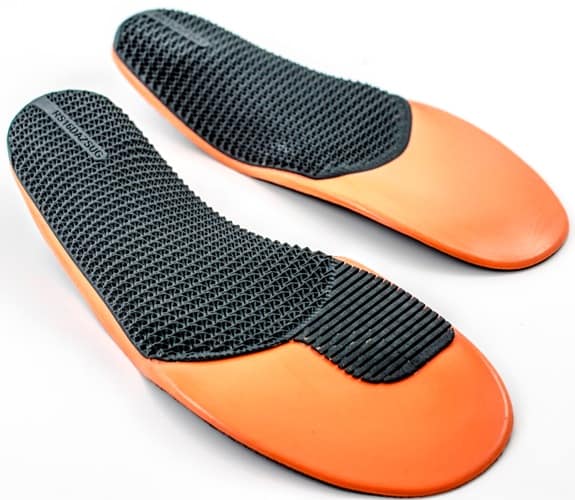 Valenti then loads the model file into ideaMaker 3D print preparation software to optimize technical properties such as shape change and infill percentage of the model. For example, honeycomb infill can make the structure rigid. The filling allows different results in terms of deformability and softness of the orthosis. Then the doctor uploads the model file to the E2 3D printer, which prints out a pair of insoles at the same time. Finally, Dr. Valenti wraps the sole with EVA or other special materials suitable for skin contact. nine0003
Valenti then loads the model file into ideaMaker 3D print preparation software to optimize technical properties such as shape change and infill percentage of the model. For example, honeycomb infill can make the structure rigid. The filling allows different results in terms of deformability and softness of the orthosis. Then the doctor uploads the model file to the E2 3D printer, which prints out a pair of insoles at the same time. Finally, Dr. Valenti wraps the sole with EVA or other special materials suitable for skin contact. nine0003
The entire manufacturing process, including scanning, design and production, takes less than 24 hours.
Benefits of 3D oven orthopedic insoles;
3D printing simplifies the traditional process and shortens the production cycle, as well as the time it takes for the customer to receive the product. A 3D printed model can be produced in a single process without the use of any other additional machines and tools. Printing a pair of orthopedic insoles on the Raise3D E2 printer takes only 2-3 hours, and the whole process is done automatically without the need for manual control. Making insoles without 3D printing requires a lot of hand tools, a lot of time to get an accurate model according to the anatomical features. 3D printing makes it possible to successfully carry out individual orthopedic treatment. nine0003
Printing a pair of orthopedic insoles on the Raise3D E2 printer takes only 2-3 hours, and the whole process is done automatically without the need for manual control. Making insoles without 3D printing requires a lot of hand tools, a lot of time to get an accurate model according to the anatomical features. 3D printing makes it possible to successfully carry out individual orthopedic treatment. nine0003
3D printing is an efficient manufacturing process
3D printing is a more efficient process for producing insoles. Users can design models and mass-produce them at the same time. With 3D printing, there is no need for multiple design, verification, and modification processes. 3D printing makes it possible to produce small batches on demand. The model is available immediately.
Enclosed 3D printers provide a greener working environment
Enclosed 3D printers like the Raise3D filter out any fumes that are released when the material is heated during 3D printing.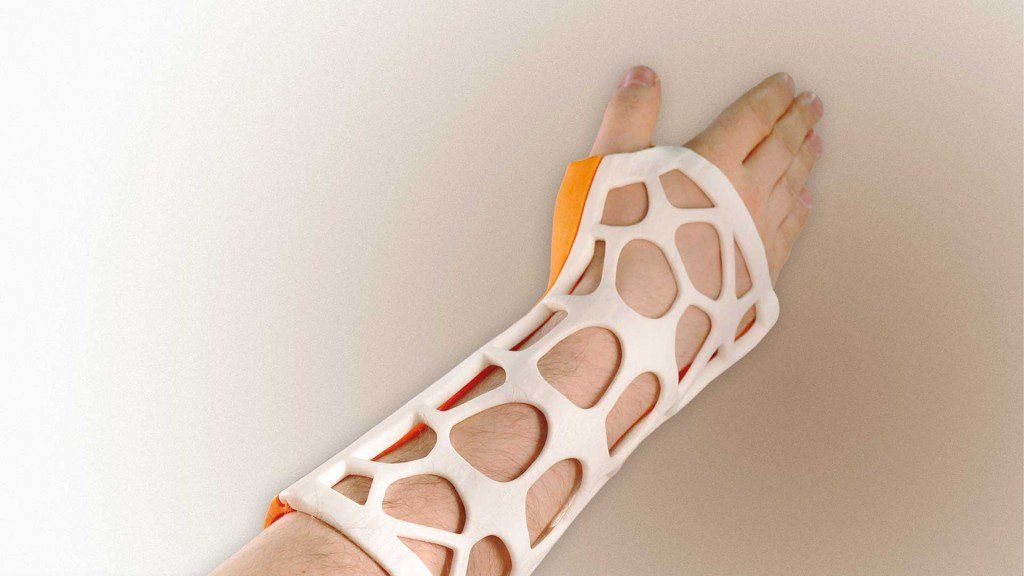 This reduces the need for large workshops or separate production rooms. As a result, 3D printing provides a cleaner and healthier environment. You can perform mass production right in the office.
This reduces the need for large workshops or separate production rooms. As a result, 3D printing provides a cleaner and healthier environment. You can perform mass production right in the office.
Correct software for 3D printing
Dr. Valenti chose polypropylene as the material for the 3D printing to provide support and flexibility for various insoles. Each kind of polymer needs different settings. The right software can greatly simplify the job of customizing settings. nine0003
For example, ideaMaker is a file-to-print software that has many built-in preset templates for various polymers (including polypropylene).
The main advantage is that users can adjust internal structure parameters such as infill density, infill angle, and others to control strength properties.
Adjust the model properties in ideaMaker to prepare the model for printing. nine0011
Raise3D provides a complete process for the production of orthopedic insoles
Dr.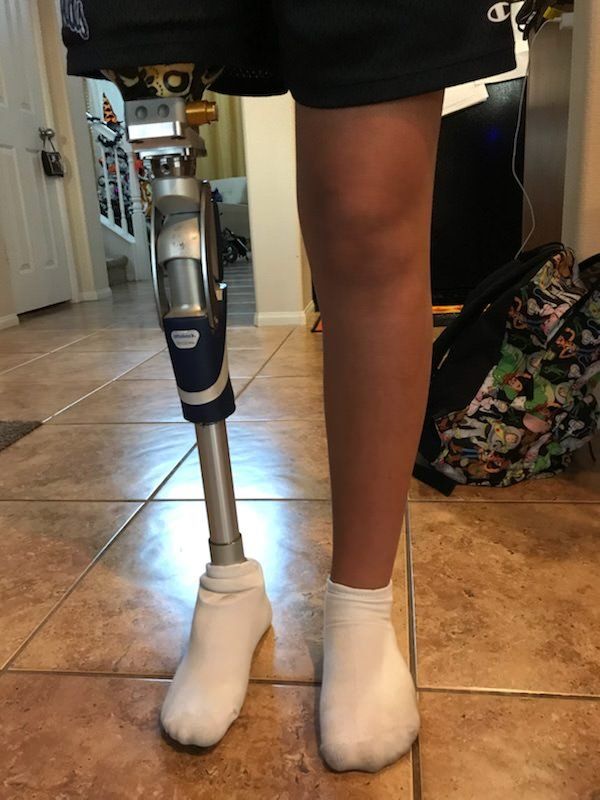 Valenti chose the Raise3D E2 desktop 3D printer for the production of orthopedic insoles. As a medium-sized professional desktop printer, the E2 meets all print quality requirements. At the same time, E2 is suitable for home and small studios. IDEX E2 technology allows users to print a pair of orthopedic insoles at once, maximizing production efficiency. In addition, during the manufacturing process, Dr. Valenti uses ideaMaker 3D printing file preparation software to reinforce the internal structure of the insole. ideaMaker has parameter settings and various templates, allows you to customize and change the technical properties of the insole. The E2 desktop 3D printer supports a variety of plastics, including polypropylene. Users can learn about polymer characteristics and download related files. nine0003
Valenti chose the Raise3D E2 desktop 3D printer for the production of orthopedic insoles. As a medium-sized professional desktop printer, the E2 meets all print quality requirements. At the same time, E2 is suitable for home and small studios. IDEX E2 technology allows users to print a pair of orthopedic insoles at once, maximizing production efficiency. In addition, during the manufacturing process, Dr. Valenti uses ideaMaker 3D printing file preparation software to reinforce the internal structure of the insole. ideaMaker has parameter settings and various templates, allows you to customize and change the technical properties of the insole. The E2 desktop 3D printer supports a variety of plastics, including polypropylene. Users can learn about polymer characteristics and download related files. nine0003
3D printing will benefit more medical fields
3D printing provides better customization, precision, aesthetic appearance and lightweight structure. It also significantly reduces the manufacturing process and lead times and fabrication.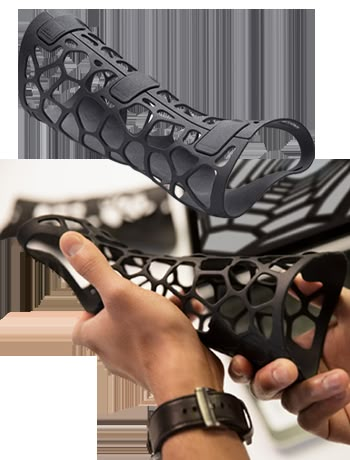 Dr. Mirko Valenti used 3D printing in the manufacture of plantar orthoses. He used Raise3D printers and software for a full production cycle and achieved high efficiency thanks to the Raise3D ecosystem. nine0003
Dr. Mirko Valenti used 3D printing in the manufacture of plantar orthoses. He used Raise3D printers and software for a full production cycle and achieved high efficiency thanks to the Raise3D ecosystem. nine0003
The material is provided by the Italian distributor of Raise3D - Crea3D.
3D printing solutions for custom orthopedic insoles with Formnext 2017 These technologies will help create sports and therapeutic shoes that are ideal for each customer, reduce fatigue with increased and prolonged loads on the legs, and reduce the risk of developing flat feet. nine0007
How it used to be
Scanning in the shoe business is not new for a long time, but before we saw examples of its use only in the selection of shoe sizes and for the initial diagnosis of flat feet - it was difficult to expect more with flat two-dimensional foot scanning, although more convenient and accurate than taking measurements manually, but giving in fact, no more information than a footprint on paper.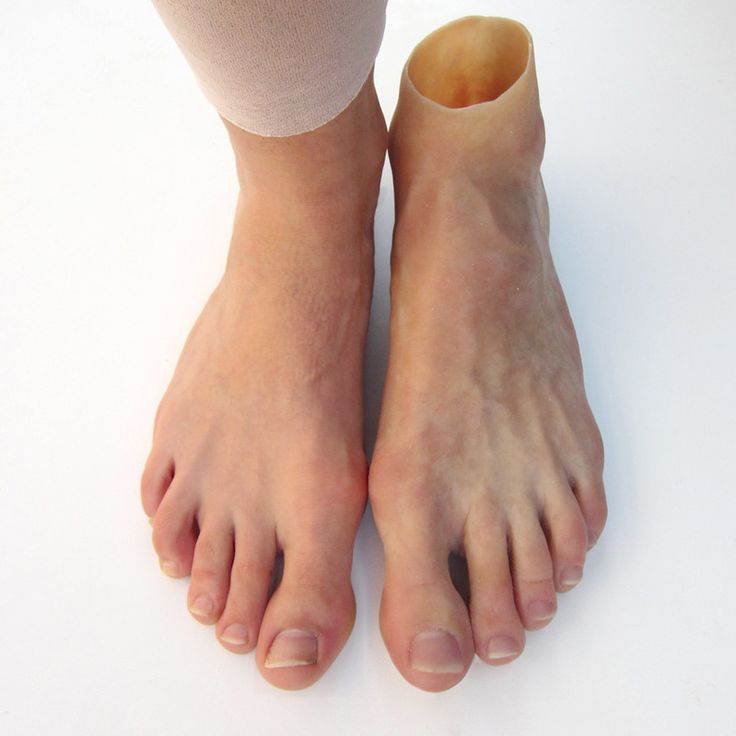
Orthopedists use 2D flat scans to take measurements, and the insoles themselves continue to be made using traditional methods. This is how it is done, for example, in the Ortek network of orthopedic salons. nine0003
Without a 3D scan of the foot, as well as information about the dynamics of movement and the distribution of load on the foot, the information about the legs is incomplete to ensure the most individualized approach - after all, the output is an accurate size, but without other individual features. Because of this, orthopedists have to resort to outdated methods such as manual measurements, impressions and mold making. All this not only stretches in time, but also significantly increases the cost of the process. nine0003
The complex solutions described in this article are designed to significantly speed up and reduce the cost of manufacturing insoles, as well as remove the influence of the human factor on the accuracy of size matching.
3D printing has also been used in the manufacture of shoes, but there was no talk of such deep personalization.
Formnext 2017 once again showed us that in this area, additive technologies are used more and more effectively.
How it's done now
The first solution presented is Ecco Quant-U. This is a complex for scanning feet and printing insoles. An Ecco employee told us how the process itself takes place.
Ekko uses the Volumental orthopedic scanner.
It can scan the fullness of the foot like a normal 3D shoe scanner, and show the size of both feet, the height of the arch of the foot, the difference in the shape of the right and left foot.
This is what is already being used in stores - visitors come in from the street, scan their feet and the seller can immediately tell them which shoe models suit them, which ones will fit perfectly on the leg, and immediately let them try on the right ones. nine0003
Buyers usually know their size, and the seller can compare this size with scan results. Ecco shoes are usually slightly larger than other brands of the same size.
Ecco shoes are usually slightly larger than other brands of the same size.
Shoes are personalized in the following way: scan data and data obtained from a second source are used - these are special shoes with sensors that are given to the client and asked to walk. Sensors transmit information about the gait to the program: a change in the position of the leg, a change in pressure on different parts of the foot when walking. nine0003
A special algorithm correlates scanner data, gait sensor data and measurements to create a digital model.
Based on this model, a unique insole is printed that is most suitable for each specific foot.
This is not an ordinary insole, it is an inner layer that completes the boot, not complements it.
Ekko produces a range of special shoes designed for use with these insoles. nine0003
This is a 3D printed silicone. The insoles are printed on special printers.
Who helped
The printing process is developed together with German RepRap. Their LAM printer is the most suitable for printing silicone insoles.
Their LAM printer is the most suitable for printing silicone insoles.
Special silicone developed for the project by Dow Chemical. This company uses additives in its materials that improve the mechanical properties of plastic - its elasticity, strength, durability. Such an experience came in very handy. The knowledge gained by the Swedish company Volumental, which has been developing shoe 3D scanners for several years, also came in handy. nine0003
Electronics and software manufacturers also participated.
How much will it cost
The estimated initial cost is 400 euros, but before that a pilot batch of 50 orders must be produced in order to get user feedback. After all, all the feedback that is now received from Ecco employees, professional shoe testers and biomechanics from the University of Santa Barbara.
Application
As long as it's a comfort product. Comfortable sports shoes with such insoles become even more comfortable, they provide maximum support for a healthy foot.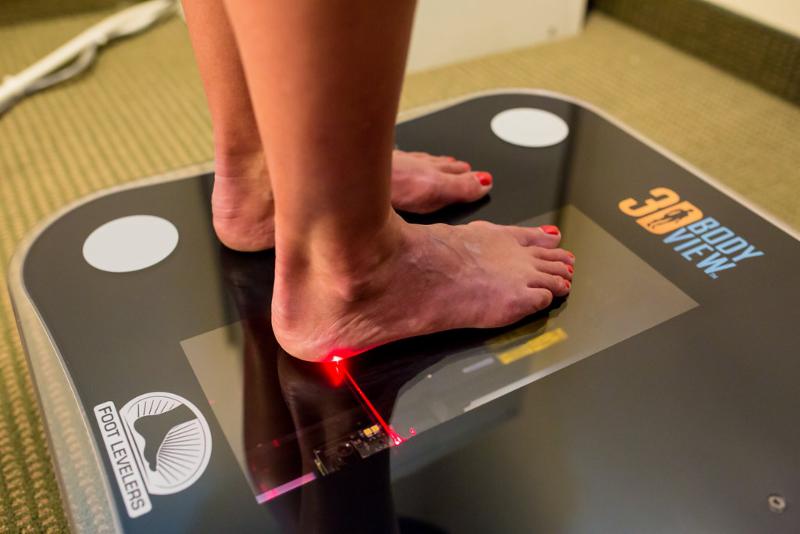 nine0003
nine0003
If you need corrective shoes, it is best to consult an orthopedist, but if you are healthy and need shoes to reduce stress and fatigue, this is the right option.
In the future, when the manufacturer has partners from the medical industry, or a licensed medical company acquires this solution and uses it in its activities, the topic will be developed.
FitStation is a project of Superfeet and HP. This solution is both for selecting shoes from existing models, and for creating personalized insoles for shoes. nine0003
How it's done
The idea is this: the consumer comes to a special kiosk, fills in the necessary data - such as gender, age, weight. Then comes the scanning process.
For scanning, a specialized True Form 3D RSscan Tiger 3D shoe scanner is used, or rather, an HP Fitstation kit.
First, each leg is scanned in turn.
The client places their foot into the scanner, where a 3D image is taken.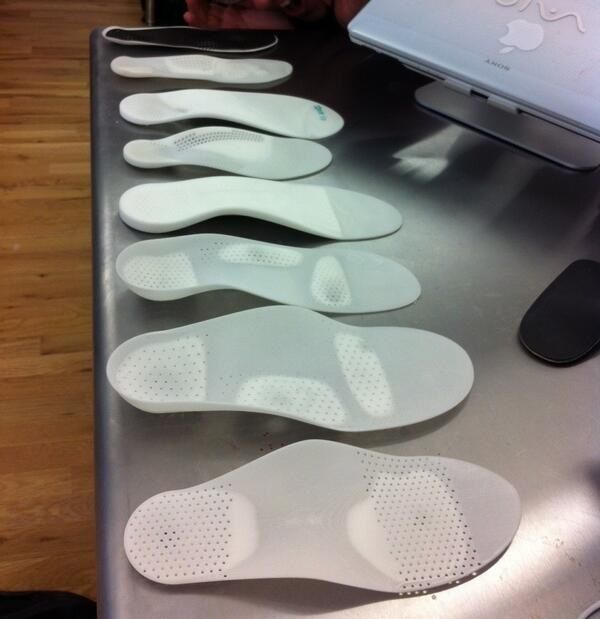 nine0003
nine0003
This is how an accurate digital foot model is created, with its unique geometry and all dimensions.
The next step is gait scanning: you need to walk several times on a special sensory mat.
The result shows the dynamic distribution of the load when walking, how the leg moves, how the weight is distributed on different parts of the foot to achieve balance.
Next, the user needs to answer several questions of the program, including: the purpose of the order - will it be shoes for training or competition, with what frequency and intensity will the shoes be used, what problems are known when using other shoes - where it usually presses, where rubs. nine0003
This will be used by the program in order to offer the best solution.
Further, the data from the scanner and pressure meter are processed and compared with the parameters of existing shoe models from the catalog. This allows you to choose the most suitable model, taking into account its geometry.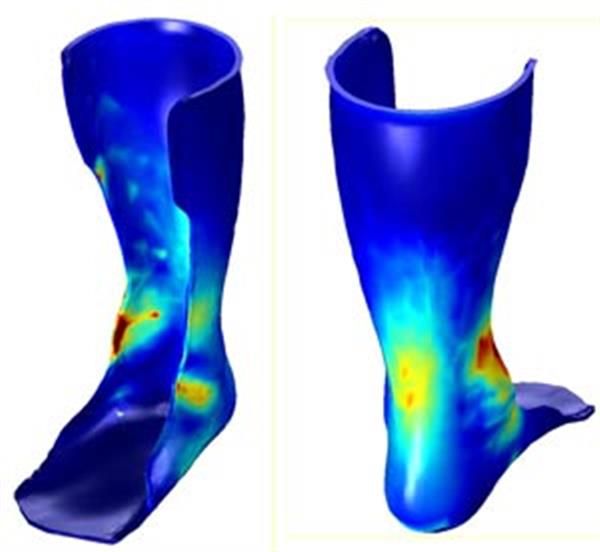
The catalog contains shoes from different manufacturers, the buyer has the freedom of choice.
Another possibility for the client is to submit a unique insole design for 3D printing. nine0003
Just click "buy" and enter your home address and bank card details - the order is sent to production, where it is printed on an HP Jet Fusion 3D printer from PA 12 material and sent directly to the buyer's home.
Application
The SafeSizeME3D software is responsible for modeling the insole in FitStation and selecting shoes according to individual parameters.
This software has been designed with most normal feet in mind, primarily for sports shoes. The company is working on a separate app that will include specialized orthopedic applications. nine0003
How much will it cost
For other countries, prices have not yet been determined, and in the US a pair of Superfeet insoles will cost the client about $ 150.